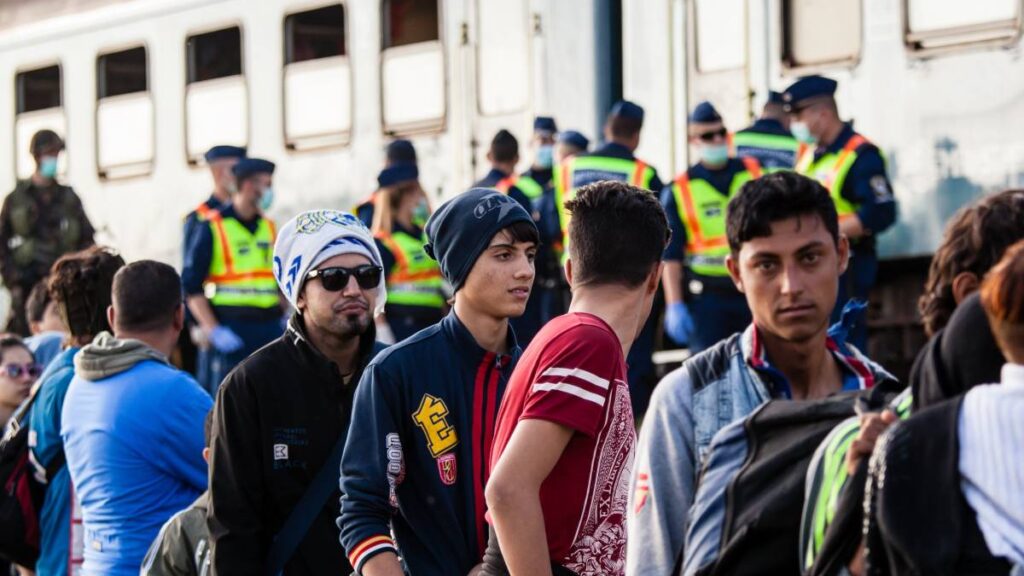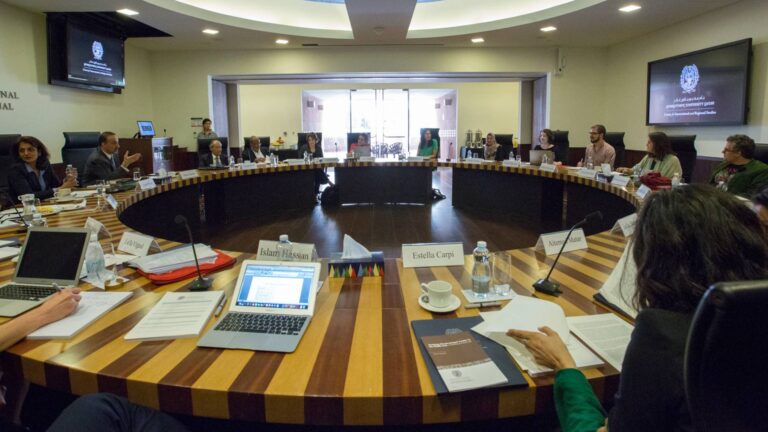Mobility, Displacement, and Forced Migration in the Middle East

Migration on a global scale is an everyday practice. The term itself is used to describe patterns of human mobility that occur internally within a state or region, as well as those taking place internationally and trans-continentally. Migration can be applied to the process of people moving as a result of their own agency, voluntarily and as a choice. It can also be used to describe the process of having to move under duress, and this includes the categories of forced migrants, internally displaced persons, refugees, and asylum seekers.This project recognizes regional migration as a complex, widespread, and persistent phenomenon in the Middle East, and a topic best studied from a multidisciplinary approach. It broadens our understanding of the complex population movements that are seen in the Middle East, and includes the movements of those who may be identified in multiple different ways—migrants, migrant workers, guest workers, temporary migrants, low and highly skilled economic migrants, trafficked persons, forced migrants/forced workers, smuggled persons, refugees, and asylum seekers. Also included will be other migrants such as unaccompanied minors, environmental refugees, and stranded migrants.


